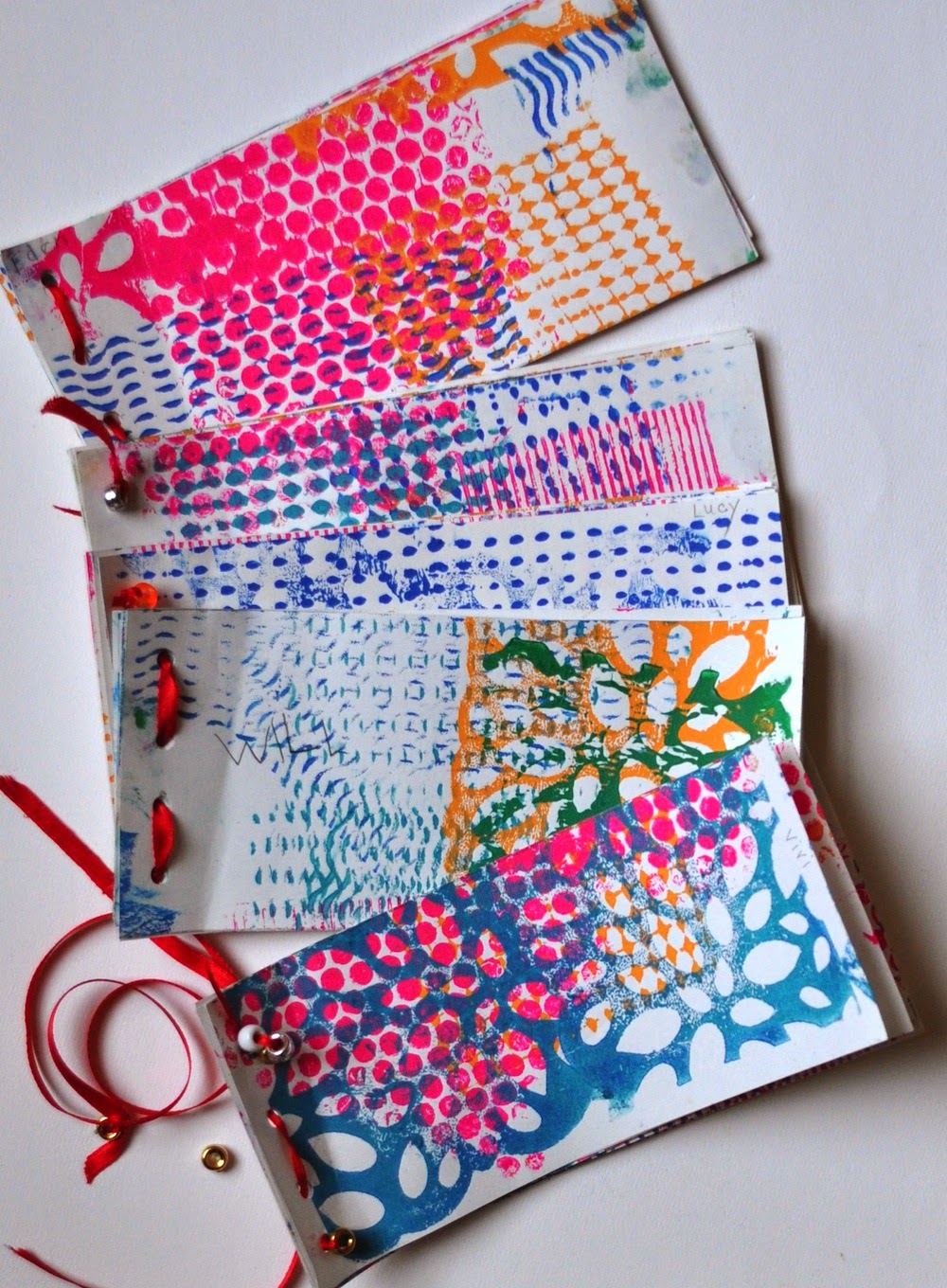Each spring, the classrooms at The Westmont
Montessori School come alive with excitement for the new life appearing all
around. For a child, the insects that
appear after a long winter are fascinating, and the metamorphosis that they
undertake is magical!
As adults we are protectors, often
looking at insects as pests and not thinking twice about getting rid of a bug
that has made its way into the house. But crossing paths with an insect can be a
great opportunity to foster respect for the environment, compassion for life,
and to teach your child to observe and ask questions.
Here are some great ways to peak
your child’s natural curiosities about the insect world:
- Talk like a scientist – Children are
always up to the challenge of learning new vocabulary and they get excited to know
scientific names for insects, their stages of life, and the parts of their
bodies.
- Ask questions – Take a walk through
your yard or a park and try to spot different types of bugs. Ask open-ended questions
about the bugs and discuss what you both think might be the answers. For
example, you might say, “I wonder what it eats,” and see what types of things
your child comes up with. It’s great to hear the conclusions a child might
draw!
- Visit bugs at work – Beekeepers have
a wealth of knowledge about bees and other insects. It is an amazing thing to see how insects can
work as a community to make something as delicious as honey!
- Teach about bug safety – While some bugs are
harmless, others can sting, bite, and emit chemicals that irritate the skin. It
is important for children to know that not all bugs can be held or touched. The
tricky part though is sharing this information without creating fear. Observation of insects, like ants, is a great
way to show children that although some bugs can hurt you if they feel
threatened, most of the time these biting insects will just go about their business,
and there is no need to be frightened.






